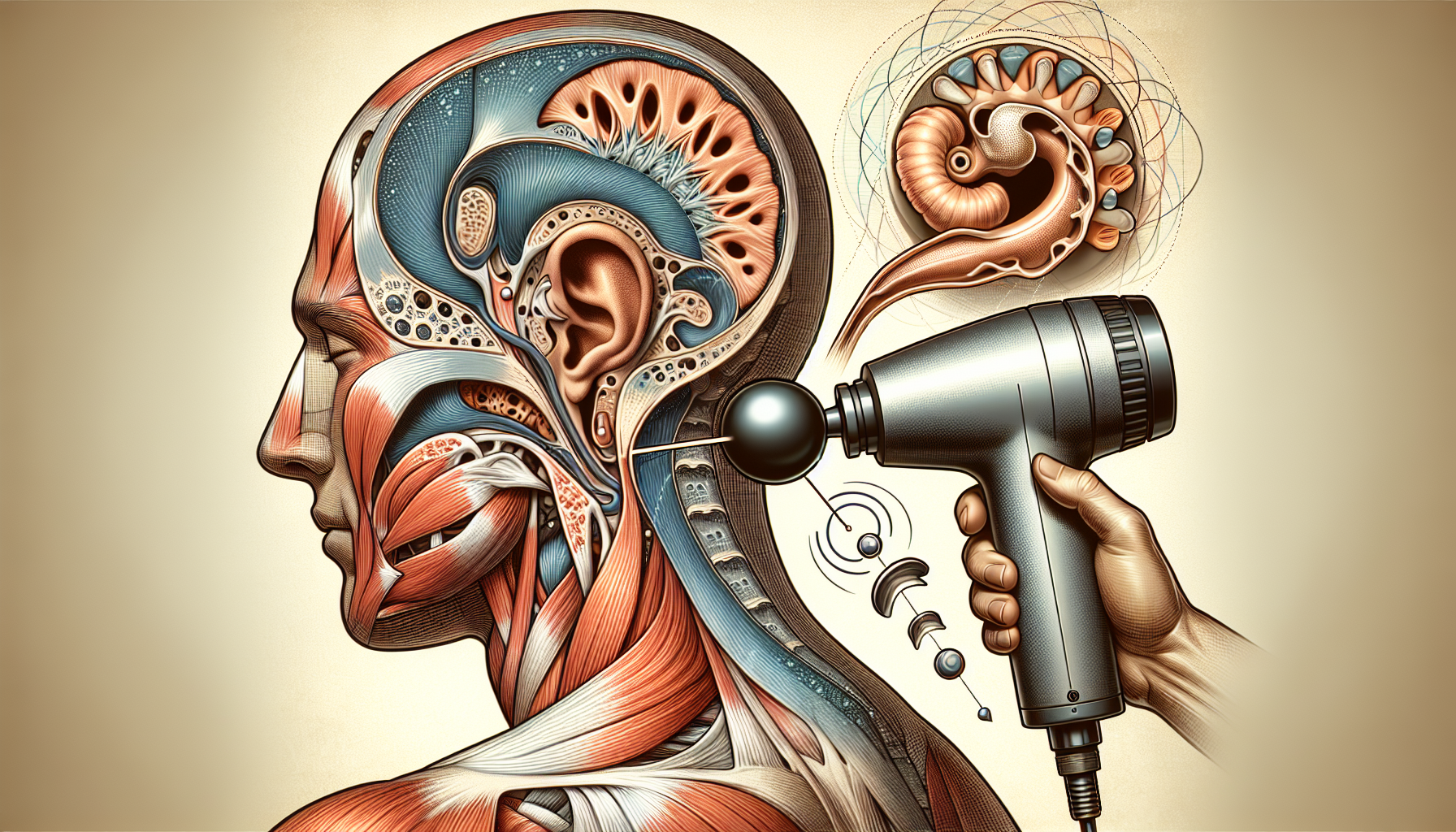Breaking Barriers in Brain-Computer Interfaces: A New World Record
Key Takeaways
- Precision Neuroscience set a new record by placing 4,096 electrodes on a human brain.
- Their Layer 7 Cortical Interface allows high-resolution mapping of brain activity.
- This technological advancement could improve the accuracy and efficiency of neurosurgical procedures.
Did You Know?
Introduction to Brain-Computer Interfaces
Brain-computer interfaces (BCIs) are revolutionary systems that allow direct communication between the brain and an external device. They have wide applications, from assisting people with disabilities to enhancing neurological research.
In this context, Precision Neuroscience Corporation, in collaboration with Mount Sinai Health System, has made a significant breakthrough. They have successfully implemented a record number of electrodes on a human brain, paving the way for future advancements in medical and technological fields.
Record-Breaking Achievement
In April 2024, Precision Neuroscience Corporation and the Mount Sinai Health System achieved the world record for the most electrodes placed on a human brain. They implemented a total of 4,096 electrodes, surpassing the previous record of 2,048 electrodes set by Tan et al. in 2023. This milestone was a part of an ongoing clinical study to test Precision’s innovative implant.
The electrodes are integral in capturing and transmitting data from the brain, thereby enhancing the BCI system's performance. This large number of electrodes allows for more detailed and high-resolution mapping of brain activity, offering new insights for neurosurgery and research.
Technical Specifications of the Layer 7 Cortical Interface
Precision’s breakthrough device, the Layer 7 Cortical Interface, is a microelectrode array designed to sit on the brain’s surface. This thin-film array contains 1,024 miniature electrodes in a 1.6 square cm area, allowing for detailed monitoring of brain signals.
The modular design of the Layer 7 enables multiple arrays to be placed side by side, covering larger regions of the brain and capturing extensive data. During the record-setting procedure, the Mount Sinai team placed four arrays on the brain's surface, covering around 8 square cm with electrodes. This configuration generated detailed cortical data, especially around critical areas for neurosurgeons.
Implications for Neurosurgery
This advancement in high-resolution cortical mapping could drastically improve the precision and efficiency of neurosurgical procedures. With better mapping, surgeons can navigate the brain more accurately, potentially leading to improved patient outcomes and fewer complications during surgeries.
Dr. Joshua B. Bederson, Chair of Neurosurgery at Mount Sinai Health System, highlighted the potential impact of this technology. High-resolution cortical mapping could be pivotal in guiding neurosurgical procedures, making them safer and more effective.
Scalability and Future Prospects
One of the key features of Precision’s Layer 7 Cortical Interface is its scalability. The ability to add more electrodes without damaging brain tissue opens up possibilities for future advancements in understanding and treating neurological conditions.
Dr. Benjamin Rapoport, co-founder and Chief Science Officer of Precision, emphasized that this achievement marks a significant step toward capturing extensive cortical information. Such capabilities could revolutionize our understanding of the brain and foster developments in neuroscience and brain-computer interfacing.
About Precision Neuroscience Corporation
Founded in 2021, Precision Neuroscience Corporation is at the forefront of developing advanced brain-computer interfaces. The company is committed to providing breakthrough treatments for individuals with neurological conditions. Their technology is designed to be minimally invasive, safely removable, and capable of processing large amounts of data.
Precision is currently testing its implant through collaborations with prestigious institutions, including West Virginia University’s Rockefeller Neuroscience Institute, Perelman School of Medicine, and Mount Sinai Health System. The company plans to release its first commercial product next year.
Future Outlook
As Precision Neuroscience continues to innovate, the potential applications of their technology expand. This record-breaking achievement is just the beginning. With continued research and development, the Layer 7 Cortical Interface and similar devices could transform treatments and interventions for various neurological disorders.
Patients worldwide could benefit from these advancements, potentially gaining new ways to manage and treat conditions that currently have limited solutions.
References
- Precision Neuroscience Corporationhttps://www.precisionneuro.io
- Mount Sinai Health Systemhttps://www.mountsinai.org
- West Virginia University’s Rockefeller Neuroscience Institutehttps://rni.wvumedicine.org
- Perelman School of Medicine (Penn Medicine)https://www.med.upenn.edu




